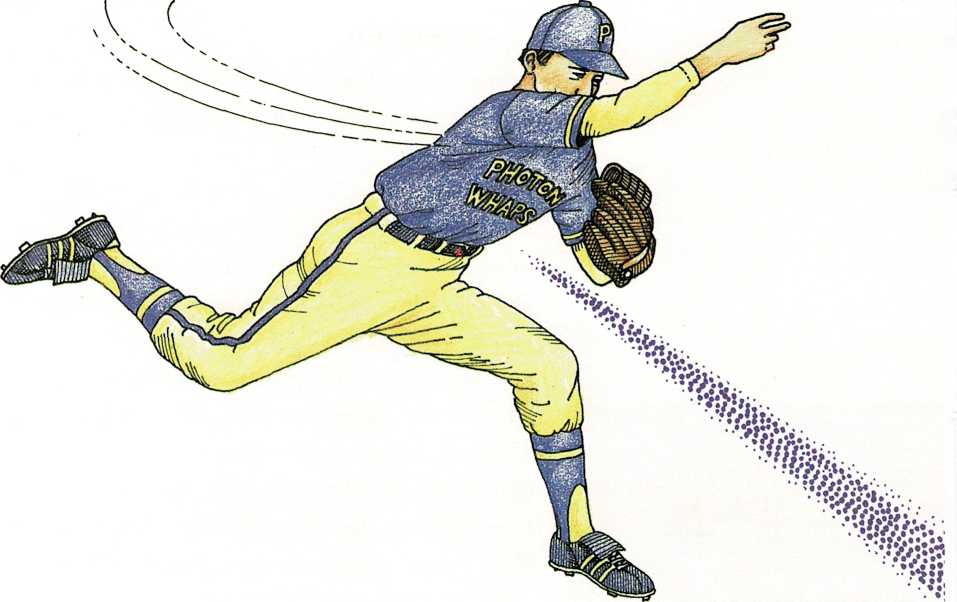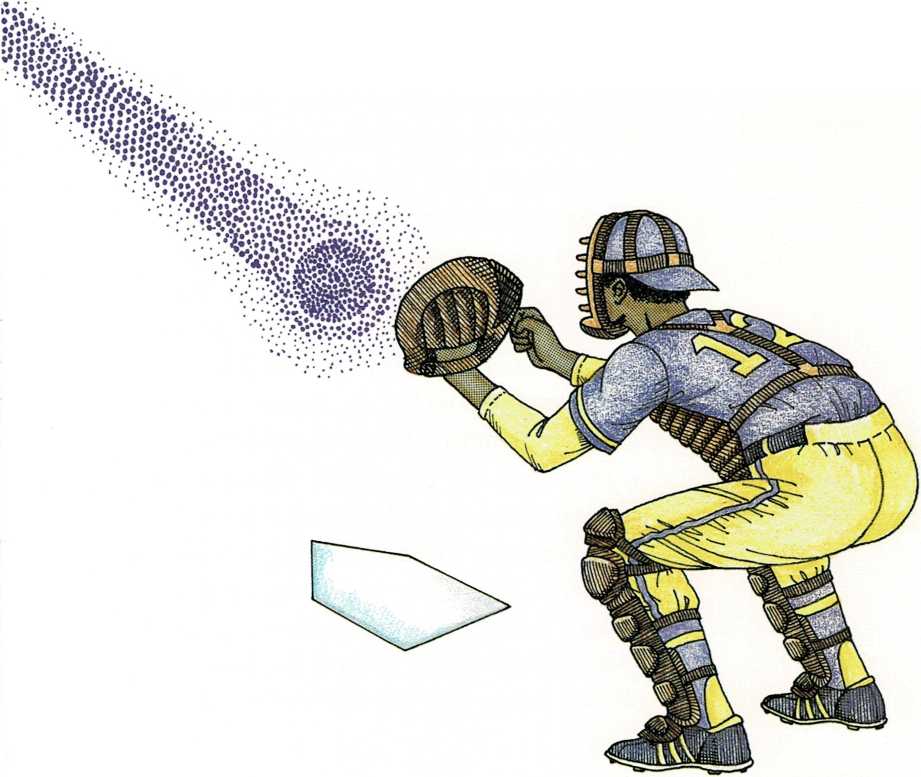
A rainbow of colors
Sunsets and traffic lights, campfires and TV screens—light comes in
many different colors. What makes the colors different? Why do we see a
rainbow of colors?
All the colors of light are given off in the same way. When atoms are
heated, the electrons soak up energy. Then they give off the energy as
photons—bundles of light.
But electrons don’t always give off the same amount of energy. An
electron behaves somewhat like a ball that you toss from hand to hand.
If you toss the ball gently, it falls softly—pat—into your hand.
But if you put all your energy into a hard throw—whap! The ball hits
hard and makes your hand sting.
Sometimes electrons take up only a little energy. The photons they give
off then are small bundles of energy, like the \”pat” the ball makes in
your hand. But if electrons take up a lot of energy, the photons they
give off have more energy. They are like the \”whap” of a hard-thrown
ball.
Photons in red light are like \”pats.” The energy bundles are smaller
than in any other color. Photons in violet light are like \”whaps.” They
have more energy than any other color. And the photons of all the other
colors are in between. Each kind of photon has its own \”pat” or
\”whap”—a certain amount of energy.


